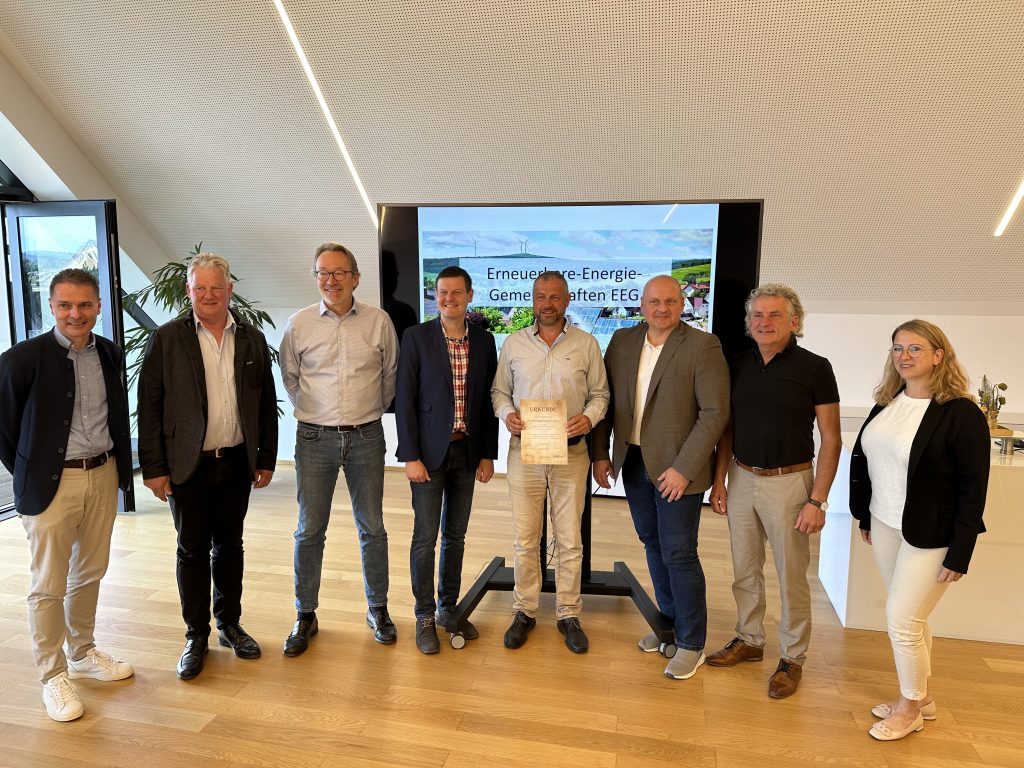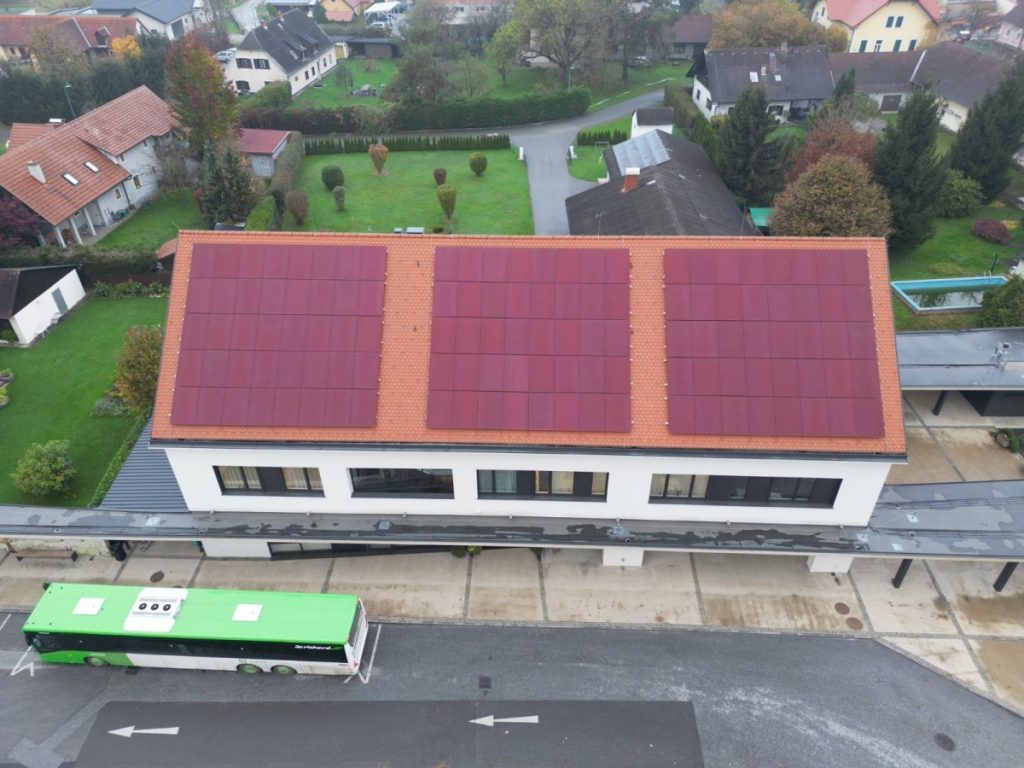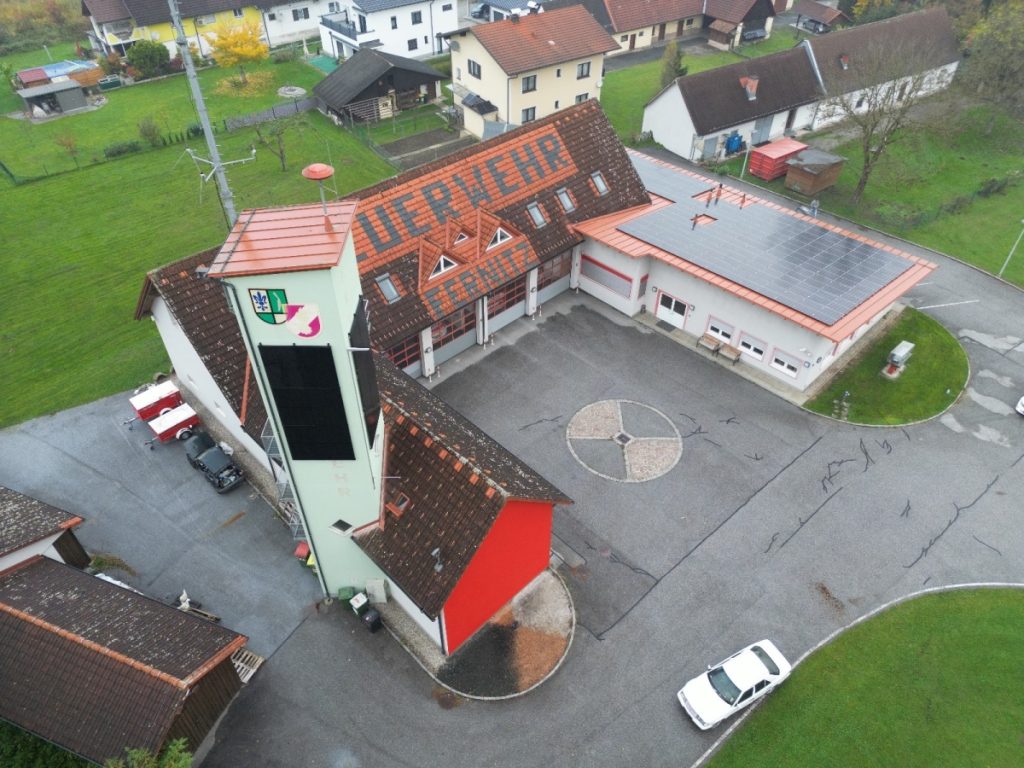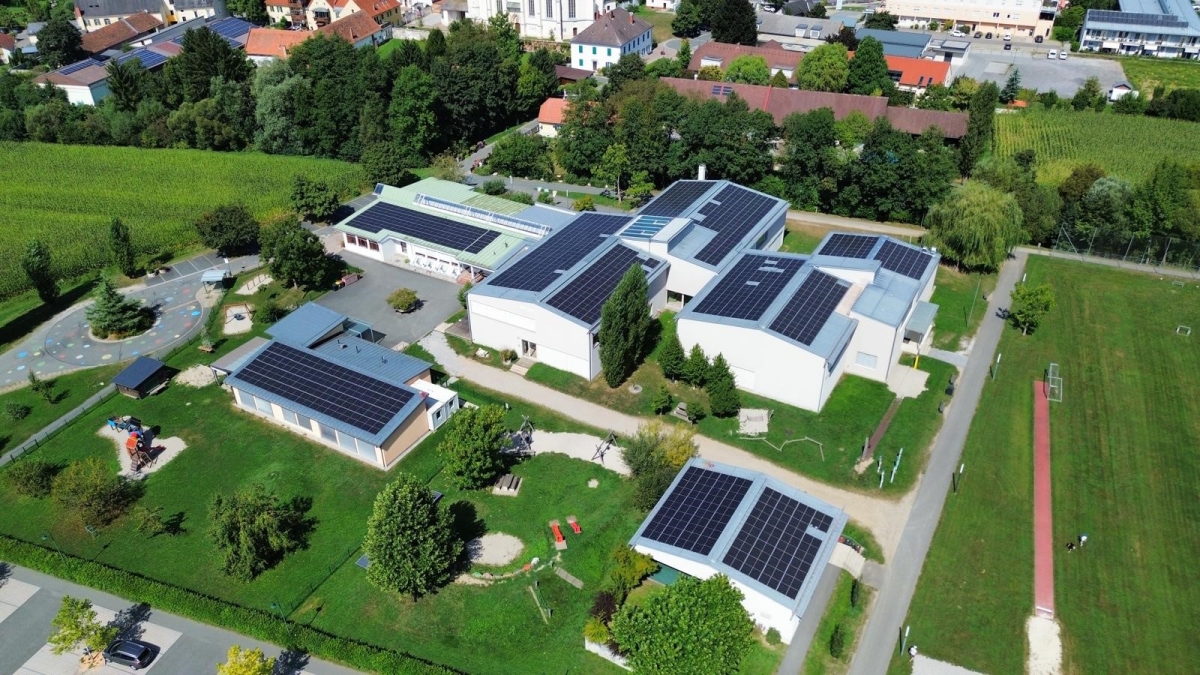The GU-Süd Energy Community in Austria is proving that collaboration can be the key to a more resilient and sustainable future. In our interview, Mayor Tulnik of Fernitz-Mellach explains how the six municipalities south of Graz—Fernitz-Mellach, Gössendorf, Hart bei Graz, Hausmannstätten, Raaba-Grambach, and Vasoldsberg—are taking their long-standing partnership one step further. For more than two decades, these communities have worked together to improve public transport, strengthen local economies, and create shared opportunities for growth. Now, they are founding one of Austria’s rare cross-municipal energy communities. With nearly 30,000 residents, a diverse mix of small businesses, and a wealth of local renewable resources, the GU-Süd association is setting out to reduce dependence on external energy providers, cut costs, and keep value creation in the region. It’s a model of how collective ambition—paired with patience and good planning—can power both people and progress.
What were the main impulses for establishing the GU Süd Energy Community?
The establishment of the GU Süd Energy Community was primarily driven by Austria’s legal framework with the Federal Act on the Expansion of Energy from Renewable Sources (Renewable Energy Expansion Act), which enables such communities—a significant advantage compared to many other countries. Another key driver was the highly volatile electricity prices, especially during the COVID-19 pandemic, which placed a financial strain on municipalities with high energy demands. The prospect of calculable savings through a renewable energy community provided an attractive solution. This combination of legal opportunities and economic pressure was the decisive factor for the initiative. Simultaneously, the expansion of photovoltaic (PV) systems laid the foundation for self-production, with 750 kWp installed on municipal rooftops in the previous year, despite the municipality having no PV systems five years ago.
What benefits were you counting on?
The motivation for founding the energy community stemmed from a mix of benefits. Key goals included cost savings, price stability, and greater independence from external energy providers and volatile market prices. Blackout preparedness, supported by modern storage technologies, was also a significant factor. While ecological and sustainability considerations were present due to the parallel expansion of PV systems, they were not the primary drivers. Instead, the focus was on better aligning energy production and consumption and achieving more profitable sales of surplus energy. Additional motivations included the trust citizens place in municipal energy initiatives and the region’s tradition of inter-municipal collaboration, now extended to the energy sector. Pooling efforts also allowed for higher-quality implementation through specialized expertise.

How has the GU Süd Energy Community developed so far?
The GU Süd Energy Community has been operational since March 2025 with its initial facilities and metering points. It currently includes six member municipalities, and operations are running smoothly. In the first months, approximately 25% of the generated energy was directly utilized within the community. The formal establishment followed a research project in the second half of 2023 titled “Energy Community Graz-Umgebung Süd,” initiated by the regional management. This project explored the optimal legal structure and a phased implementation plan. GU Süd is a pioneer, being one of Austria’s first inter-municipal energy community organized as a cooperative.
How is the GU Süd Energy Community structured and governed?
The cooperative legal form was chosen for the GU Süd Energy Community due to its advantages: limited liability for members, flexibility in admitting new members, and internal oversight by a supervisory association. The founding process was cost-effective and professionally supported by the chosen supervisory association. Decision-making processes are outlined in the cooperative’s statutes, allowing for tailored governance. The cooperative structure also entails balance sheet obligations. Municipal participation required council resolutions for both membership and planned investments.

What challenges is the GU Süd Energy Community currently facing?
Despite its positive development, the energy community faces challenges. Legal issues arise as municipal entrepreneurial activities are sometimes viewed critically by legislators and regulators, and the legal framework is not yet fully adequate. The introduction of socially tiered energy prices lacks the necessary regulations. Another challenge is coordinating energy exchange across the network areas of two different energy providers within the six municipalities, pending amendments to the Renewable Energy Expansion Act (EAG). Ensuring sufficient personnel resources, both in terms of time and expertise, for ongoing operations and strategic development is a continuous task, influenced by political cycles like municipal elections. Communicating the project’s benefits and purpose to the public is also crucial. Additionally, diversifying energy generation facilities is a challenge, as the community lacks small hydropower and wind energy systems. Achieving consensus among the six mayors was another critical step, as the energy community extends beyond traditional municipal responsibilities.

What successes has the energy community achieved so far?
The energy community has already achieved notable successes. The technical operation of the facilities is running smoothly. Six municipalities with around 40 buildings including schools, fire department, event centre and construction yards are currently involved, ten of which produce electricity. The successful establishment as an inter-municipal initiative is a significant achievement. A shared energy accounting system was introduced beforehand, raising awareness of energy efficiency and positively impacting municipal budgets. Precise consumption data from new meters (15-minute intervals) have improved discussions with grid operators and helped identify further efficiency potential.
What is your vision and what future plans do you have for GU Süd?
The GU Süd Energy Community has several concrete plans for the future. A priority is integrating businesses, with the hospitality sector identified as the first target group due to its specific energy demand patterns (midday and weekends). Suitable businesses and associations will be actively approached. The inclusion of private households is planned for a later stage. A central goal is maximizing self-consumption within the community by analyzing initial operational data and identifying consumers whose energy needs align with local production patterns. Storage technologies will be evaluated in the coming summer for their economic viability and contribution to blackout preparedness, such as placement at transformer stations. Addressing energy poverty through socially tiered energy prices remains a key goal, though a concrete plan is not yet in place. The integration of private energy producers is also planned to enhance technical and economic efficiency. Public relations efforts will be intensified, as they have so far been limited to internal communication and municipal newsletters. Energy-related training programs have been ongoing in the municipalities for years, such as through KEM programs (Climate and Energy Model Regions) or school initiatives like “EnergieSchlaumeier.” While the cooperative itself lacks structured training plans, extensive expertise already exists among officials and staff managing energy accounting or charging stations.
The GU Süd Energy Community is a pilot case study in the Driving Urban Transitions-funded ENERGY4ALL, a trans-European research project exploring the role of communities and the human dimension in designing and implementing Positive Energy Districts (PEDs) and Energy Communities (ECs).


